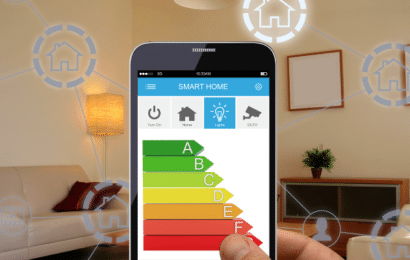Renovating your home can be an exciting and rewarding endeavor, whether you’re looking to enhance its functionality, update its aesthetics, or increase its value. However, a successful home renovation project requires careful planning, budgeting, and execution. In this step-by-step guide, we will take you through the essential stages of planning and executing a home renovation project to ensure that your vision becomes a reality.

Steps for a Perfect Home Renovation Project
Step 1: Define Your Renovation Goals The first step in any renovation project is to clearly define your goals. Ask yourself what you want to achieve with the renovation. Are you remodeling the kitchen to create a more functional space for cooking and entertaining? Are you updating the bathroom for a modern and luxurious feel? Understanding your objectives will help guide the entire renovation process.
Step 2: Set a Realistic Budget Establishing a budget is crucial to prevent overspending and keep your renovation project on track. Research the costs of materials, labor, and any additional expenses involved in your desired renovation. Be sure to set aside a contingency fund for unexpected costs that may arise during the project.
Step 3: Plan Your Timeline Create a realistic timeline for your renovation project, taking into account factors such as the availability of contractors, delivery of materials, and any potential delays. A well-organized schedule will help ensure that the renovation stays on track and is completed within the desired timeframe. Research and Gather Inspiration Browse through home improvement magazines, websites, and social media platforms to gather inspiration for your renovation project.
Step 4: Consult with Professionals for more complex renovation projects, it’s advisable to consult with professionals such as architects, interior designers, or contractors. They can offer valuable insights, help refine your ideas, and ensure that your plans comply with building codes and regulations.
Step 5: Obtain Necessary Permits Depending on the scope of your renovation, you may need to obtain permits from local authorities. Permits are typically required for structural changes, electrical and plumbing work, and major alterations to your home. Failing to obtain the necessary permits can lead to fines and delays in your project.
Step 6: Make Material Selections Selecting materials and finishes is a significant part of the renovation process. Choose high-quality materials that align with your budget and design vision. Consider factors such as durability, maintenance requirements, and how well the materials complement the overall aesthetics of your home.
Step 7: Hire Contractors and Get Quotes If you’re hiring contractors for specific tasks, obtain multiple quotes from reputable professionals. Compare their experience, references, and prices before making a decision. Ensure that the contractors you choose are licensed, insured, and have a proven track record of successful projects.
Step 8: Create a Renovation Schedule With all the necessary details in place, create a detailed renovation schedule that outlines the order of tasks and estimated completion dates. This schedule will help you stay organized and ensure that each step of the renovation is executed efficiently.
Step 9: Begin the Renovation Process Once everything is in order, it’s time to begin the renovation process. Depending on the scope of the project, this may involve demolition, structural work, electrical and plumbing installations, and the actual renovation and finishing touches.
Step 10: Communicate with Your Team Maintain open and regular communication with your contractors and any other professionals involved in the renovation. Address any concerns or questions promptly to avoid misunderstandings and ensure that the project stays on track.
Step 11: Conduct Inspections Throughout the renovation process, conduct regular inspections to ensure that the work is being done according to your specifications and quality standards. Address any issues or deviations from the plan immediately.
Step 12: Finalize Details and Finishing Touches As the renovation nears completion, focus on finalizing details and adding finishing touches. This may include painting, installing fixtures, and arranging furniture and decor.
Step 13: Inspect the Finished Project Once the renovation is complete, conduct a thorough inspection to ensure that everything has been executed to your satisfaction. Address any remaining concerns before giving final approval. After all this hard work, enjoy Your Newly Renovated Home With the renovation project completed, take the time to enjoy your newly transformed home. Whether it’s a fresh coat of paint, a modern kitchen, or a revamped bathroom, relish in the comfort and beauty of your updated living space.
Conclusion:
A successful home renovation project requires careful planning, budgeting, and execution. By defining your renovation goals, setting a realistic budget, and consulting with professionals, you can create a well-organized plan that brings your vision to life. Thorough research, proper permits, and clear communication with your renovation team are essential for ensuring a smooth and rewarding renovation experience. With attention to detail and adherence to the steps outlined in this guide, you can achieve a beautifully renovated home that enhances both its functionality and aesthetics. Enjoy the journey and the satisfaction of turning your house into your dream home









